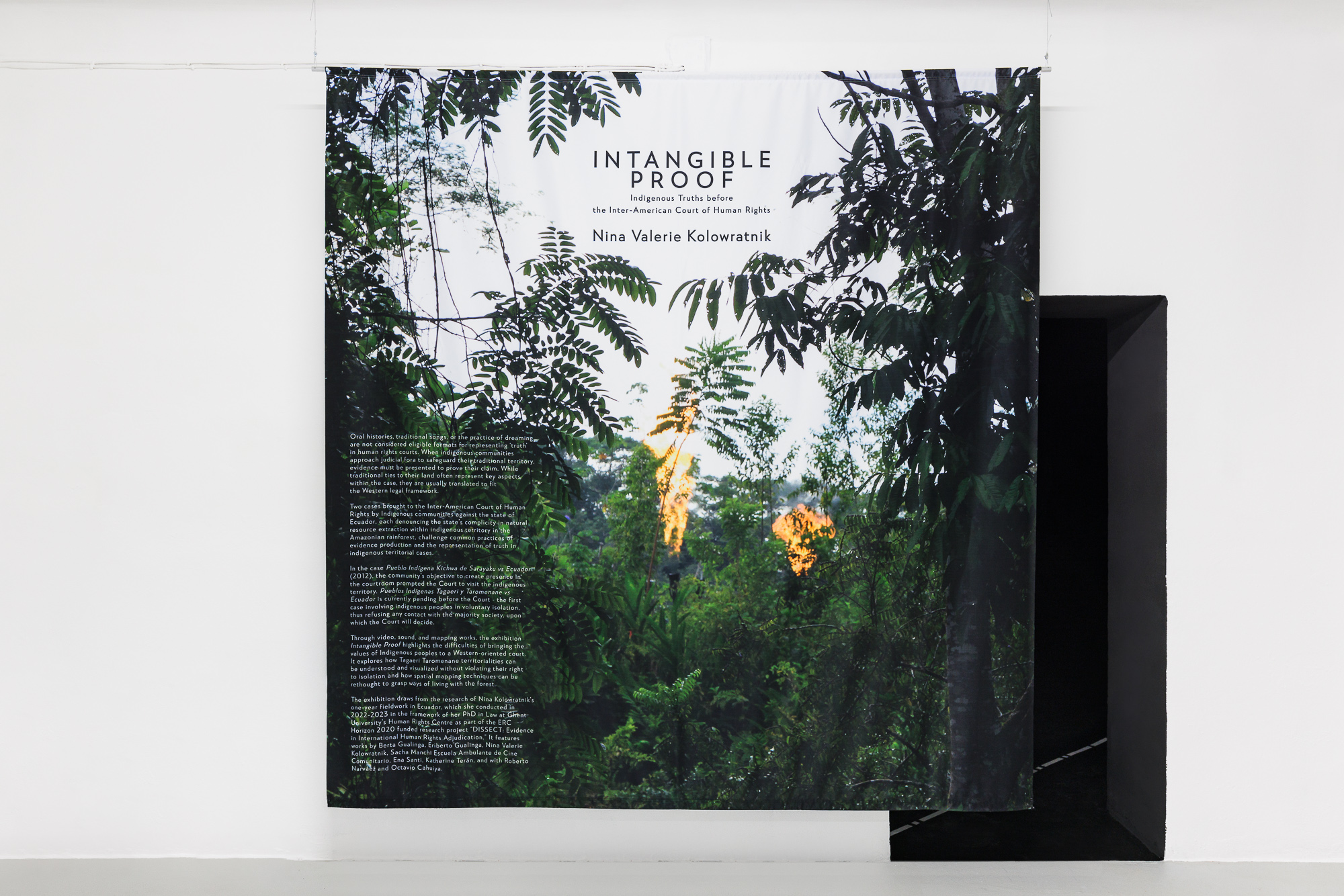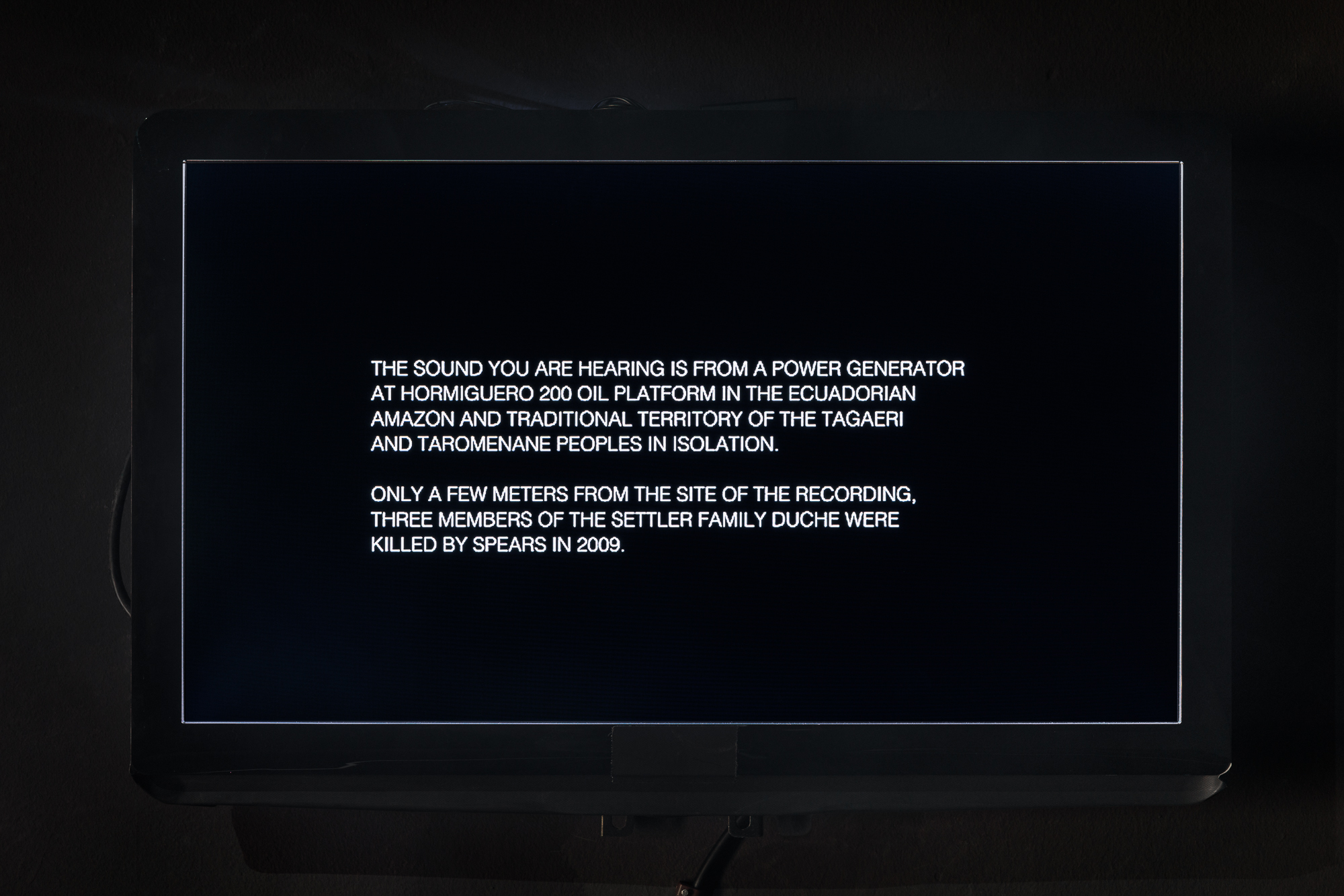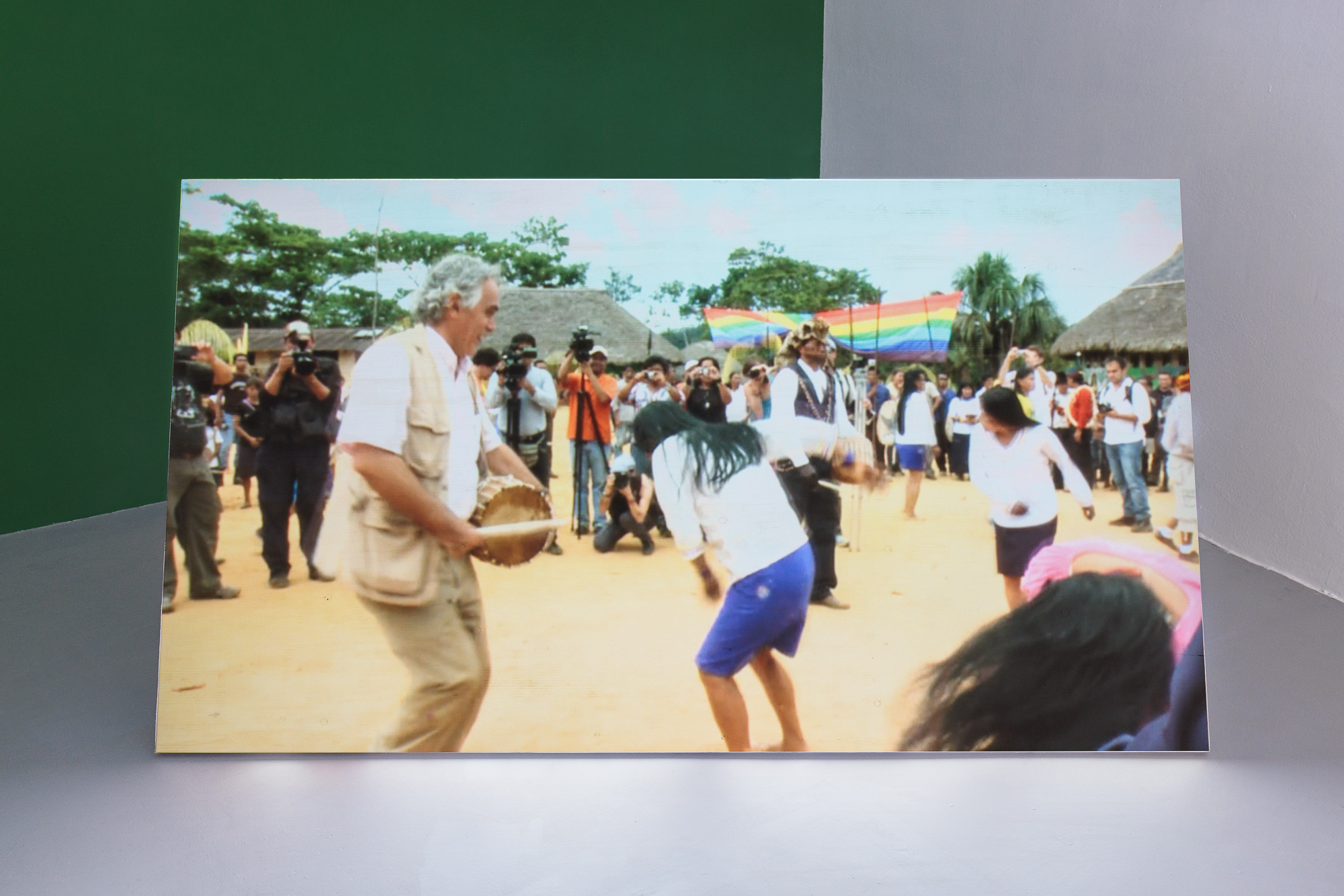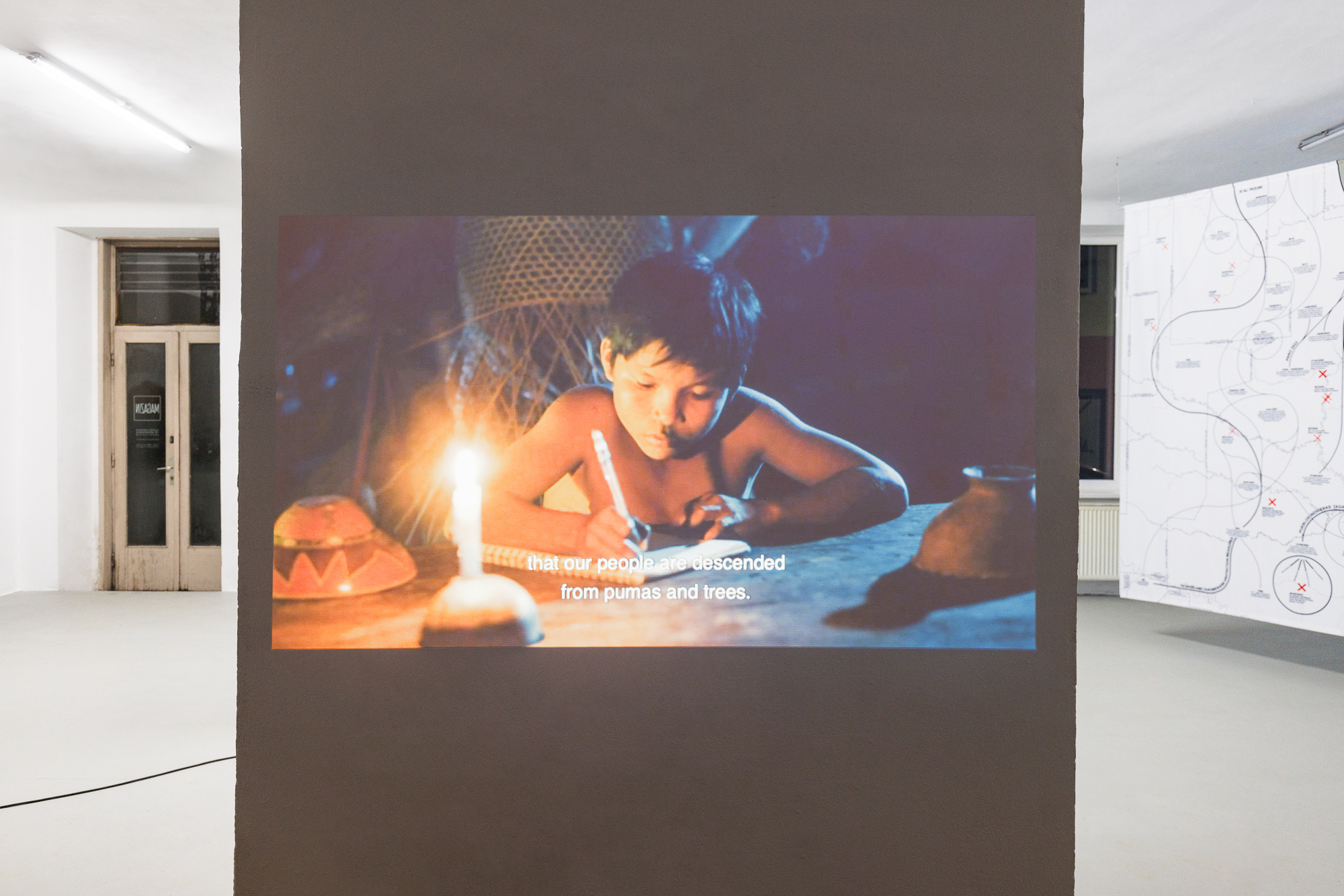Intangible Proof
Indigenous Truths before the Inter-American Court of Human Rights
by Nina Valerie Kolowratnik

© MAGAZIN 2023
Intangible Proof
Indigenous Truths before the Inter-American Court of Human Rights
Oral histories, traditional songs, or the practice of dreaming are not considered eligible formats for representing ‘truth’ in human rights courts. When indigenous communities approach judicial fora to safeguard their traditional territory, evidence must be presented to prove their claim. While traditional ties to their land often represent key aspects within the case, they are usually translated to fit the Western legal framework. Two cases brought to the Inter-American Court of Human Rights by Indigenous communities against the state of Ecuador, each denouncing the state’s complicity in natural resource extraction within indigenous territory in the Amazonian rainforest, challenge common practices of evidence production and the representation of truth in indigenous territorial cases.
In the case Pueblo Indígena Kichwa de Sarayaku vs Ecuador (2012), the community’s objective to create presence in the courtroom prompted the Court to visit the indigenous territory.Pueblos Indígenas Tagaeri y Taromenane vs Ecuador is currently pending before the Court - the first case involving indigenous peoples in voluntary isolation, thus refusing any contact with the majority society, upon which the Court will decide. Through video, sound, and mapping works, the exhibition Intangible Proof highlights the difficulties of bringing the values of Indigenous peoples to a Western-oriented court. It explores how Tagaeri Taromenane territorialities can be understood and visualized without violating their right to isolation and how spatial mapping techniques can be rethought to grasp ways of living with the forest.
The exhibition draws from the research of Nina Kolowratnik’s one-year fieldwork in Ecuador, which she conducted in 2022-2023 in the framework of her PhD in Law. It features works by Berta Gualinga, Eriberto Gualinga, Nina Valerie Kolowratnik, Sacha Manchi Escuela Ambulante de Cine Comunitario, Ena Santi, Katherine Terán, and with Roberto Narváez and Octavio Cahuiya.
Indigenous Truths before the Inter-American Court of Human Rights
Oral histories, traditional songs, or the practice of dreaming are not considered eligible formats for representing ‘truth’ in human rights courts. When indigenous communities approach judicial fora to safeguard their traditional territory, evidence must be presented to prove their claim. While traditional ties to their land often represent key aspects within the case, they are usually translated to fit the Western legal framework. Two cases brought to the Inter-American Court of Human Rights by Indigenous communities against the state of Ecuador, each denouncing the state’s complicity in natural resource extraction within indigenous territory in the Amazonian rainforest, challenge common practices of evidence production and the representation of truth in indigenous territorial cases.
In the case Pueblo Indígena Kichwa de Sarayaku vs Ecuador (2012), the community’s objective to create presence in the courtroom prompted the Court to visit the indigenous territory.Pueblos Indígenas Tagaeri y Taromenane vs Ecuador is currently pending before the Court - the first case involving indigenous peoples in voluntary isolation, thus refusing any contact with the majority society, upon which the Court will decide. Through video, sound, and mapping works, the exhibition Intangible Proof highlights the difficulties of bringing the values of Indigenous peoples to a Western-oriented court. It explores how Tagaeri Taromenane territorialities can be understood and visualized without violating their right to isolation and how spatial mapping techniques can be rethought to grasp ways of living with the forest.
The exhibition draws from the research of Nina Kolowratnik’s one-year fieldwork in Ecuador, which she conducted in 2022-2023 in the framework of her PhD in Law. It features works by Berta Gualinga, Eriberto Gualinga, Nina Valerie Kolowratnik, Sacha Manchi Escuela Ambulante de Cine Comunitario, Ena Santi, Katherine Terán, and with Roberto Narváez and Octavio Cahuiya.
Opening 15.12.2023 7 pm
Exhibition 16.12.-24.02.2024
Panel Discussion 26.01.2024 7 pm
with Nina Kolowratnik, Christina Korak, René Kuppe & Eduardo Pichilingue
Nina Valerie Kolowratnik
Nina Kolowratnik is an architect and PhD candidate in Law within the Human Rights Center of Ghent University in Belgium, where she is part of the European Research Council advanced grant project ‘DISSECT: Evidence in International Human Rights Adjudication’. Her doctoral study focuses on Indigenous peoples’ knowledge at the Inter-American Court of Human Rights and the impact of the Court’s evidentiary regime on access to justice and knowledge representation. She’s the author of the book The Language of Secret Proof: Indigenous Truth and Representation (Sternberg Press, 2019).
Nina Kolowratnik is an architect and PhD candidate in Law within the Human Rights Center of Ghent University in Belgium, where she is part of the European Research Council advanced grant project ‘DISSECT: Evidence in International Human Rights Adjudication’. Her doctoral study focuses on Indigenous peoples’ knowledge at the Inter-American Court of Human Rights and the impact of the Court’s evidentiary regime on access to justice and knowledge representation. She’s the author of the book The Language of Secret Proof: Indigenous Truth and Representation (Sternberg Press, 2019).

















All Photos by: © kunst-dokumentation.com
